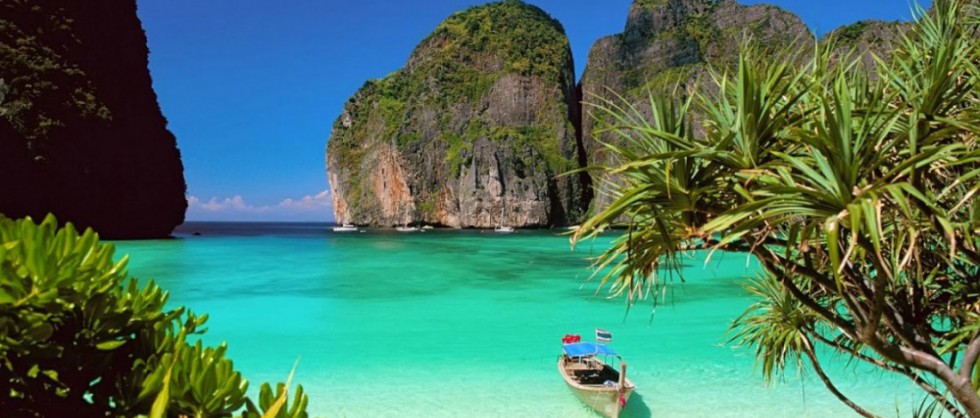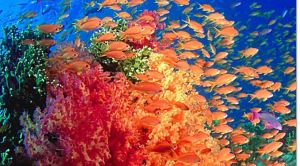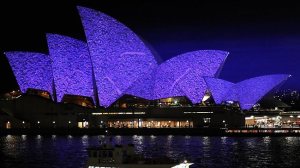Christ the Redeemer (Portuguese: Cristo Redentor, standard Brazilian Portuguese: [ˈkɾistu ʁedẽˈtoʁ], local dialect: [ˈkɾiʃtu ɦedẽjˈtoɦ]) is an Art Deco statue of Jesus Christ in Rio de Janeiro, Brazil. It is 30 metres (98 ft) tall, not including its 8-metre (26 ft) pedestal, and its arms stretch 28 metres (92 ft) wide.
The statue weighs 635 tonnes (625 long, 700 short tons), and is located at the peak of the 700-metre (2,300 ft) Corcovado mountain in the Tijuca Forest National Park overlooking the city. A symbol of Brazilian Christianity, the statue has become an icon for Rio de Janeiro and Brazil. It is made of reinforced concrete and soapstone, and was constructed between 1922 and 1931.
The idea of building a large statue atop Corcovado was first suggested in the mid-1850s, when Vincentian priest, Pedro Maria Boss, suggested placing a Christian monument on Mount Corcovado to honour Princess Isabel, princess regent of Brazil and the daughter of Emperor Pedro II; Princess Isabel did not act on this request. In 1889, the country became a republic and, with the official separation of state and church, the idea was dismissed.
The second proposal for a landmark statue on the mountain was made in 1920, by the Catholic Circle of Rio.The group organized an event called Semana do Monumento(“Monument Week”) to attract donations and collect signatures to support the building of the statue. The donations came mostly from Brazilian Catholics. The designs considered for the “Statue of the Christ” included a representation of the Christian cross, a statue of Jesus with a globe in his hands, and a pedestal symbolizing the world. The statue of Christ the Redeemer with open arms, a symbol of peace, was chosen.
Local engineer Heitor da Silva Costa designed the statue; it was sculpted by Polish-French sculptor Paul Landowski.
The face of the statue was created by Romanian sculptor Gheorghe Leonida, who was born in Galati, Romania, in 1893. He studied sculpture at the Fine Arts Conservatory in Bucharest, then, after three more years’ study in Italy, he won a prize for the sculpture Reveil(“Awakening”). After that he moved to Paris, where his work, Le Diable (“The Devil”), was awarded the Grand Prix. Becoming famous in France as portraitist, he was included by Paul Landowski in the team that started working on Christ the Redeemer in 1922. Gheorghe Leonida contributed by portraying Jesus Christ’s face on the statue, which made him famous

































